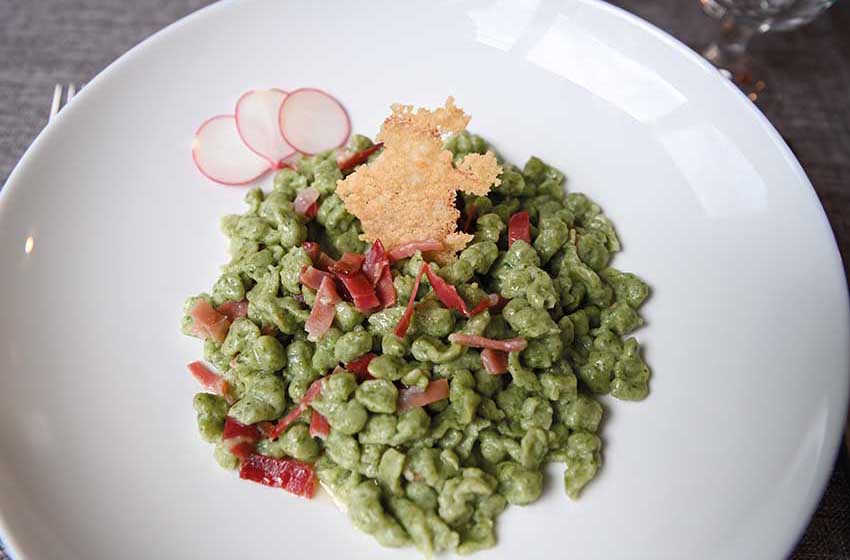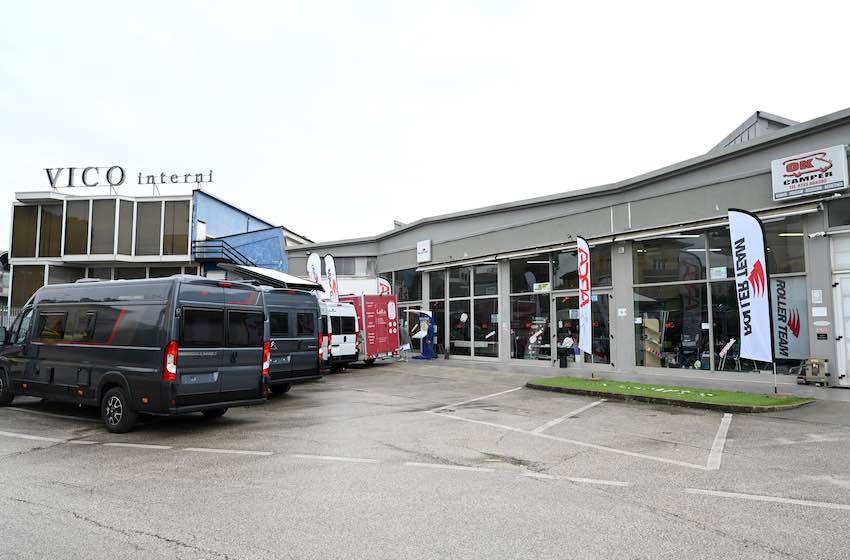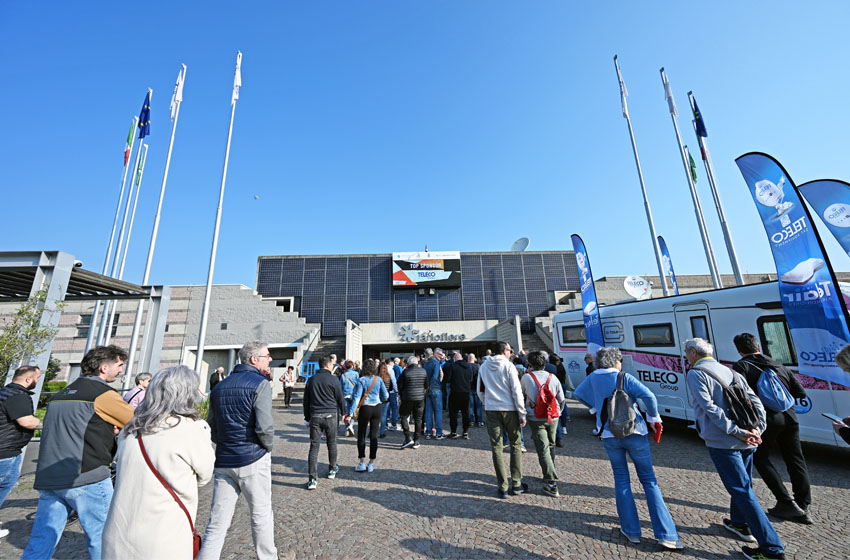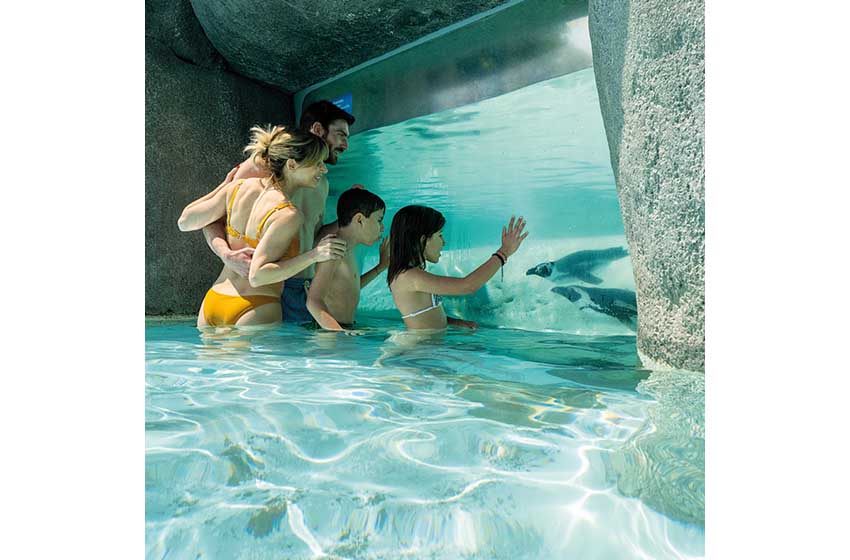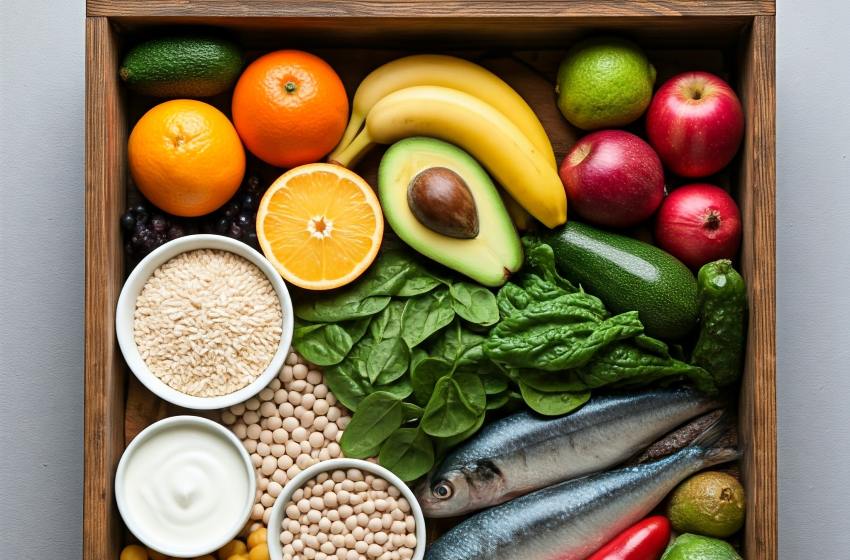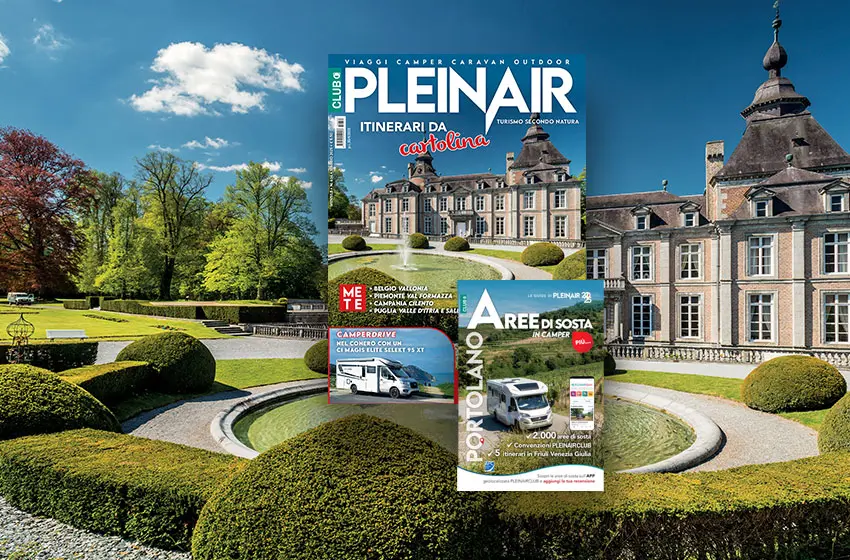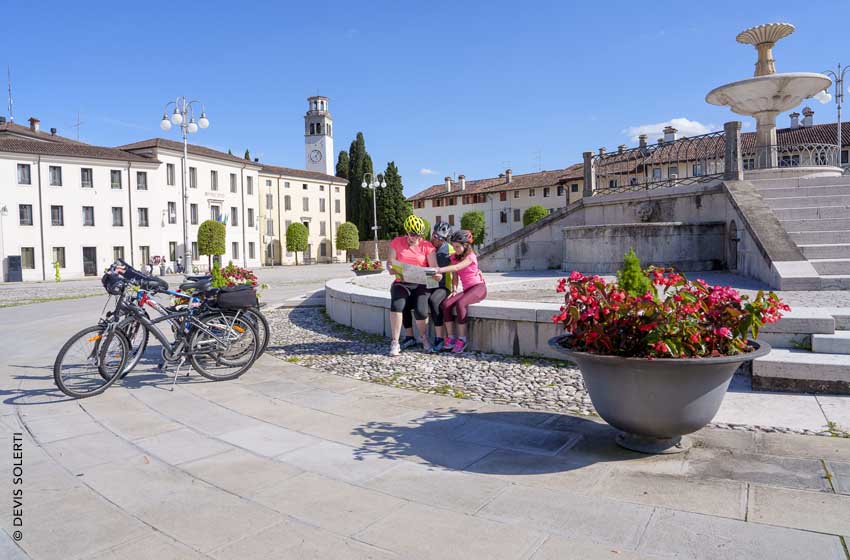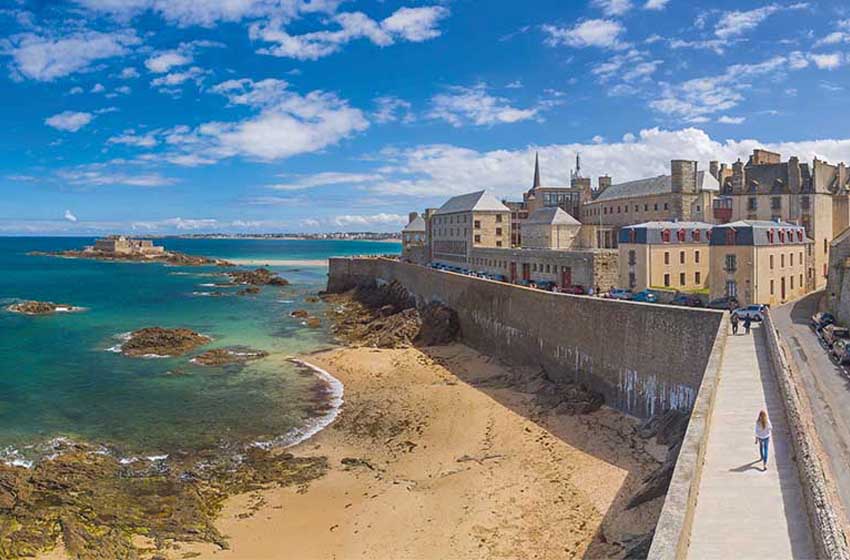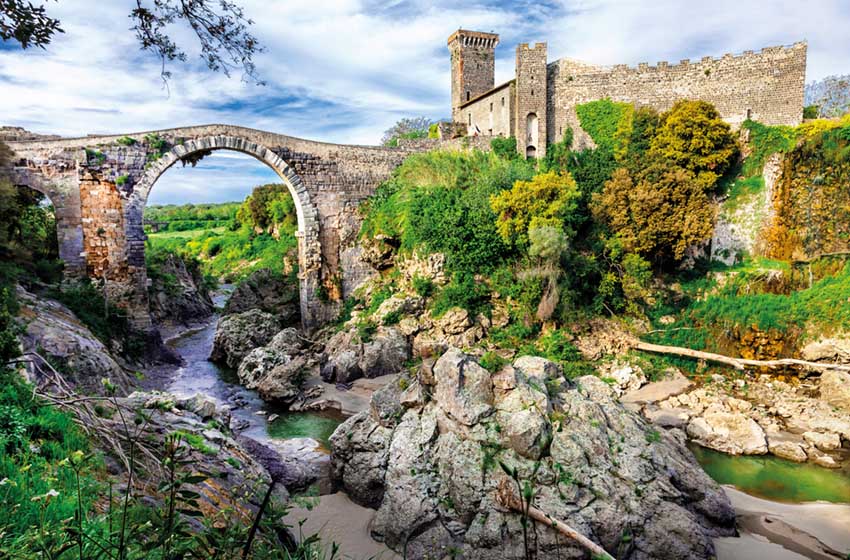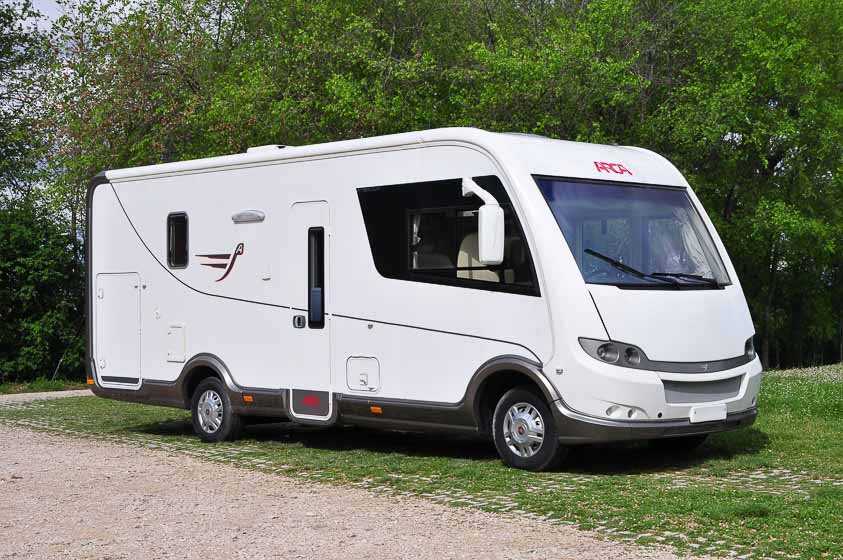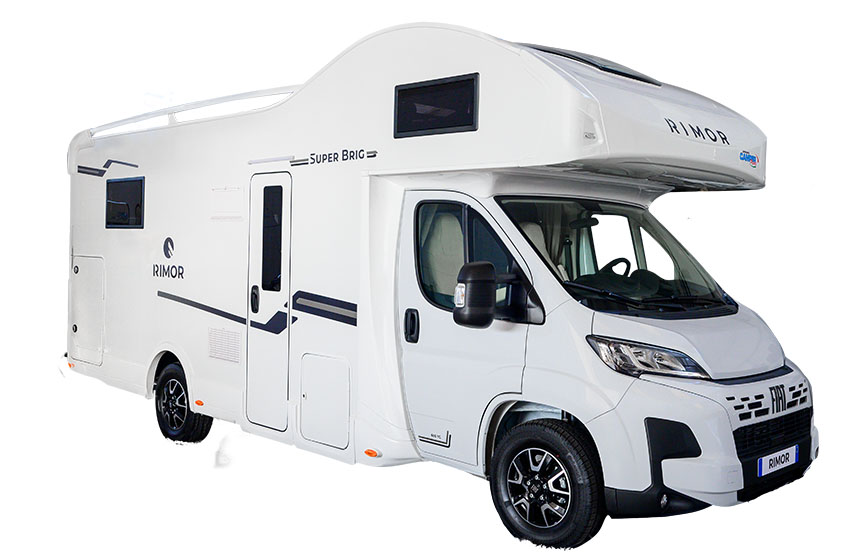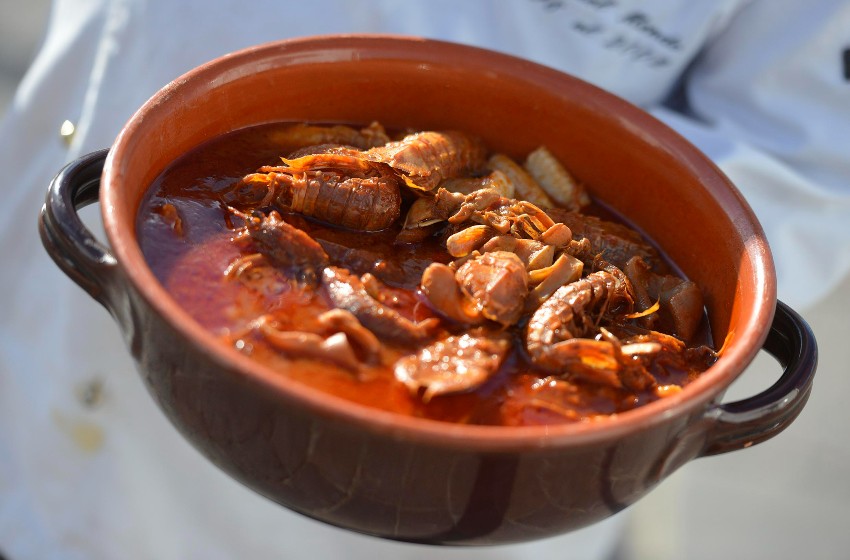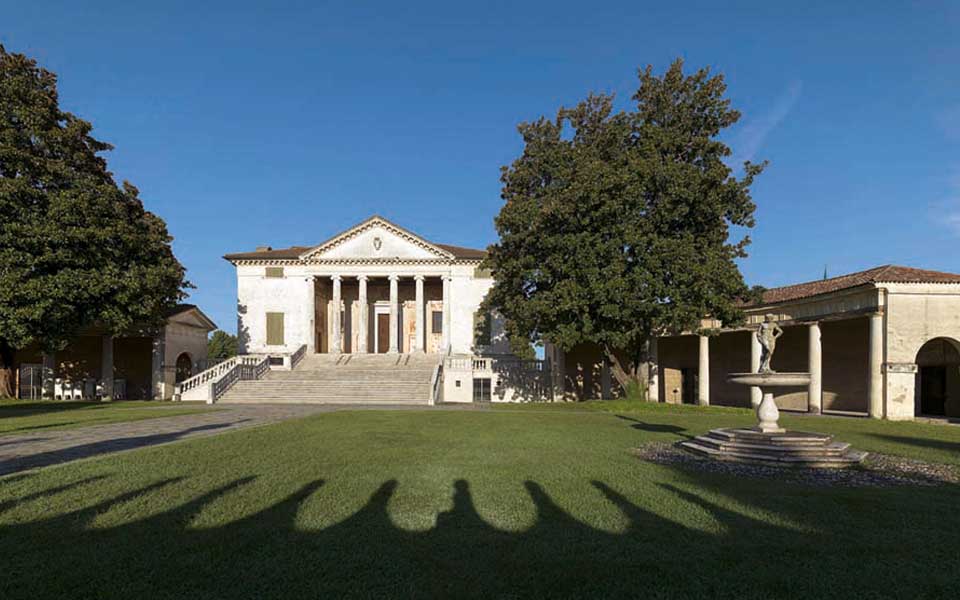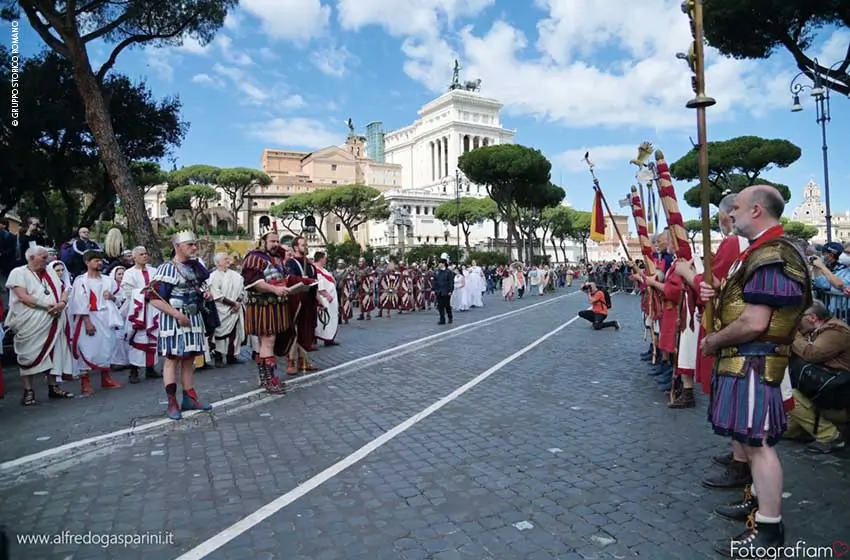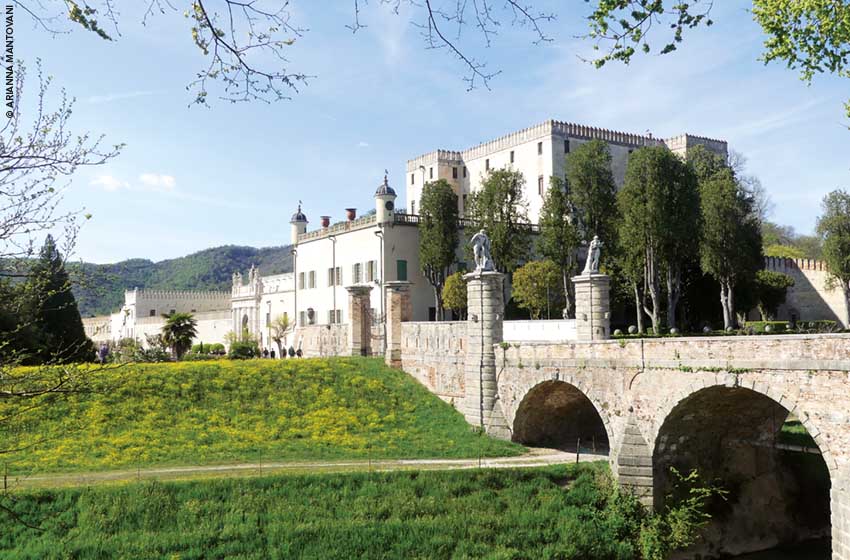Mountain areas, border territories contaminated by the food and wine traditions of neighboring countries, but also areas where the proximity between the Adriatic and the Apennine ridge gives life to recipes that taste of the sea and peasant cuisine: here are the typical dishes of the north-east of Italy.
Beyond the north-east of Italy, also discover the typical dishes of center, from the northwest and South Italy!
Trentino Alto Adige

The journey starts from Trentino Alto Adige, a region in itself rich in different ideas and traditions that vary from area to area. Just think of the different territorial and culinary characteristics of areas like the Trentino, Alto Adige and Tyrol. Returning to the table and starting from the appetizers there are the cakes, famous in Val di Non, were traditionally considered a poor recipe based on potatoes. This dish is still served today together with cured meats, cheeses but also with cabbage salad and beans.
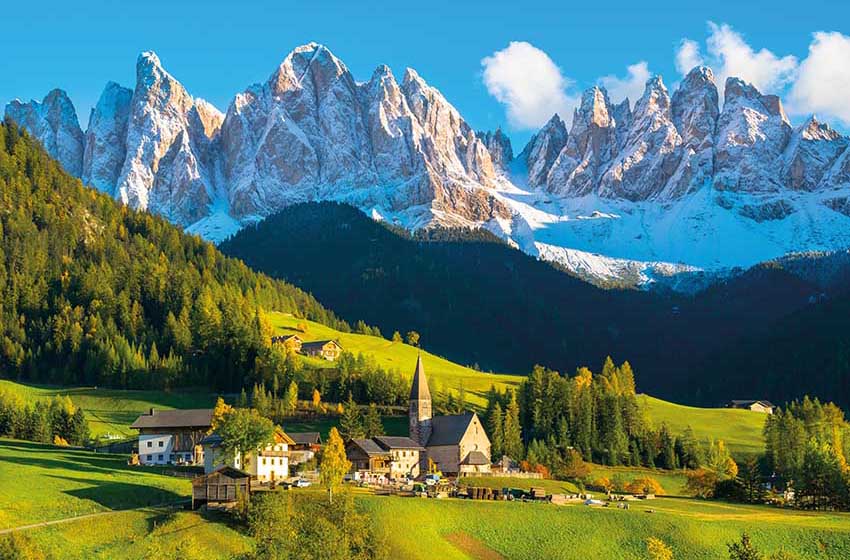
To make it even tastier, add blueberry jam. Also unmissable carne salad, a beef cured meat which is particular for its long-lasting marinade with salt and spices, usually eaten raw in carpaccio with oil and parmesan flakes. In some restaurants it is also served slightly seared on a griddle with the addition of a ladle of beans. You can't leave this region without tasting the classic at least once strudel. A dessert filled with apples, cinnamon, raisins and pine nuts, usually accompanied with cream or ice cream and a sprinkling of icing sugar.
Friuli Venezia Giulia

A border land that over time has absorbed habits and customs from neighboring countries and also from a food and wine point of view offers a melting pot of recipes. Starting from the most common ones such as frico, typical of the Trieste area, or the cod and liver prepared in many variations, reaching the most particular dishes. In the colder periods, restaurant menus never lack a good dish of goulash, a sort of substantial stew with a strong flavour, a meat soup that absolutely must be tasted.
Also in the Trieste area is very popular jot, a soup based on borlotti beans, potatoes and sauerkraut, a real and caloric first course. In the northern part of Friuli Venezia Giulia, i.e. the Carnia area, not to be missed are mountain cheeses such as form of crusher, montasio DOP o the high but. The most important wine-growing areas in this part of Italy are the territories of the provinces of Gorizia and Udine. In the Collio we find white wines of the highest quality.
Veneto

Continuing in Veneto the tour of flavors is further enriched. Land of wines that have made Italy famous throughout the world, a region with traditional dishes, an expression of the richness of a land characterized by cities by the sea and small villages in hilly areas. The menus range from first courses such as risottos - the one with Treviso radicchio is particularly tasty -, bigoli, up to gnocchi seasoned with cinnamon and sugar or pearà, a typical sauce from Verona.

The secret to making it good is in the ingredients and cooking. It is prepared by toasting the breadcrumbs combined with the marrow melted in the pan. It is used to accompany this sauce with boiled meat and the name seems to derive from the fact that it is prepared with pepper. One of the best and most well-known desserts in the world seems to derive from this area of Italy. What am I talking about? Of the Tiramisu. The regions of Friuli Venezia Giulia and Veneto are competing for the paternity of this dessert. Many believe this dessert derives from Treviso.
Emilia Romagna
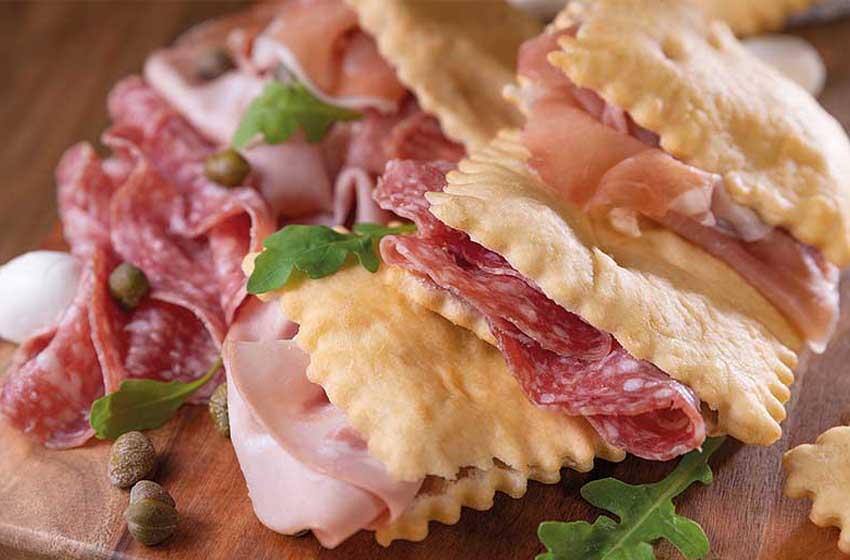
From homemade pasta, stuffed in many recipes, to typical dishes from the seaside area: Emilia Romagna offers an enchanting setting of landscapes and customs. Each recipe is a journey through time, a connection with the land and with the art of cooking handed down from generation to generation. Cured meats like culatello from Zibello and coppa from Parma, refined in the cellars, have enveloping and unforgettable flavours. To eat with fried gnocco and in piadina they are delicious.

Defined as the Italian food valley, land of parmesan, cotechino and excellences such as balsamic vinegar of Modena PGI, Emilia Romagna, when it comes to good food, makes everyone agree. Among the recipes to try there is certainly theErbazzone, a typical savory pie. Created to recover the few ingredients that were available in ancient times, it is prepared with flour, lard, water and salt and stuffed with herbs or spinach.
Typical dishes in the north-east of Italy
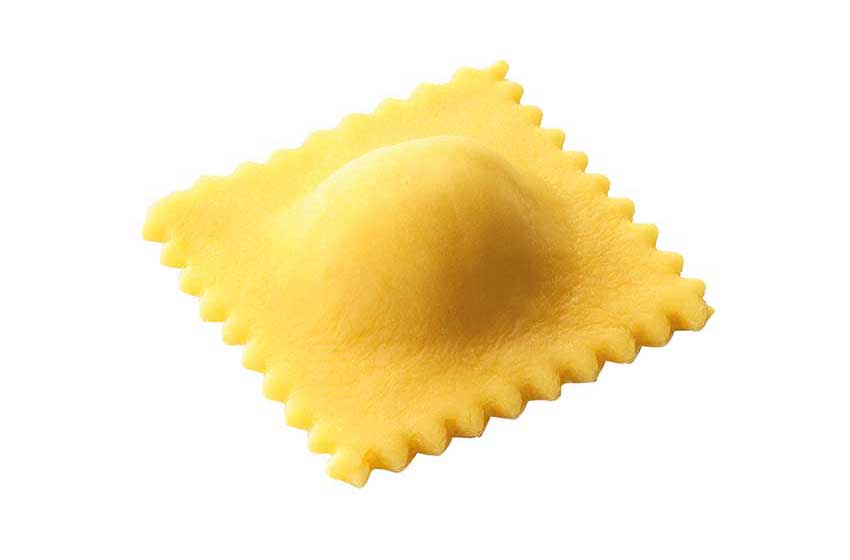
The rose of Gorizia
The north east of Italy is among the places on the peninsula where you eat best, the variety is wide because from region to region you go from foods consumed in mountain areas to those in coastal areas. Among the lesser-known and valuable products not to be missed Friuli Venezia Giulia there is the rose of Gorizia, an excellence that arises in places where temperatures are rather cold. It is one of the most prized red radicchio, a Slow Food presidium and to be used after a long processing phase before being served on the plate. It has an intense and slightly bitter flavor and can be eaten cooked as an appetizer with fresh Montasio cheese or in risotto.
The Lady of the Carraresi
In the province of Padua a very particular cake is the Lady of the Carraresi, similar to margherita cake, is eaten for breakfast or with tea as a snack. It is the typical dessert of Cittadella, born from the idea of the managers of "I Carraresi Bistrot" who wanted to create a dessert that recalled the ancient flavors of this village in the province of Padua. To create it they were inspired by a tradition that has its roots in what was "Il caffè dei Nobili" and thus gave life to a soft and delicate dessert, covered in icing sugar and, with a classic taste, which is a bit popular to everyone.

